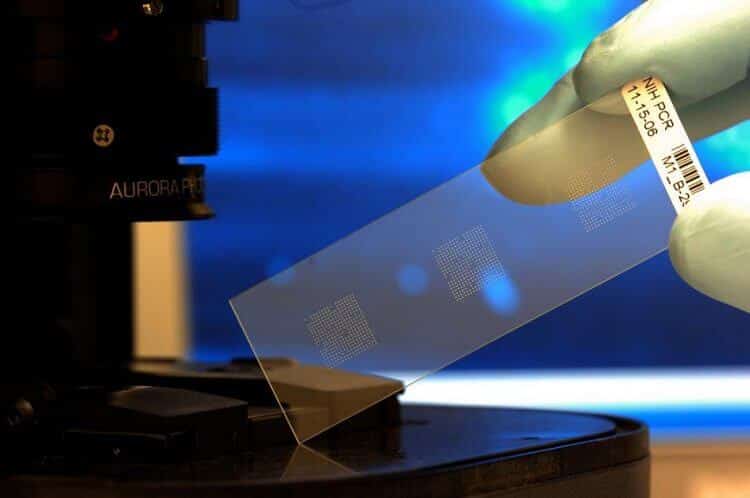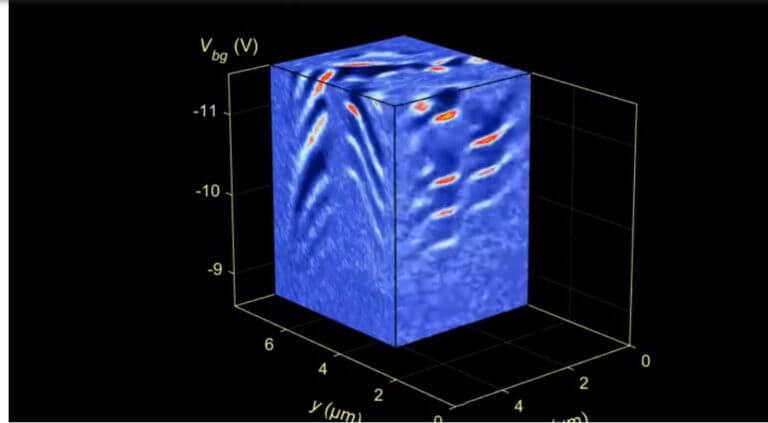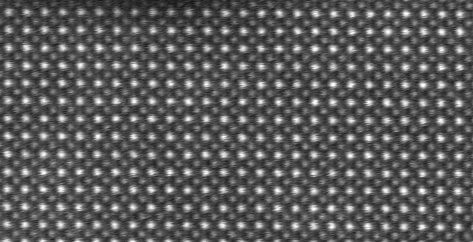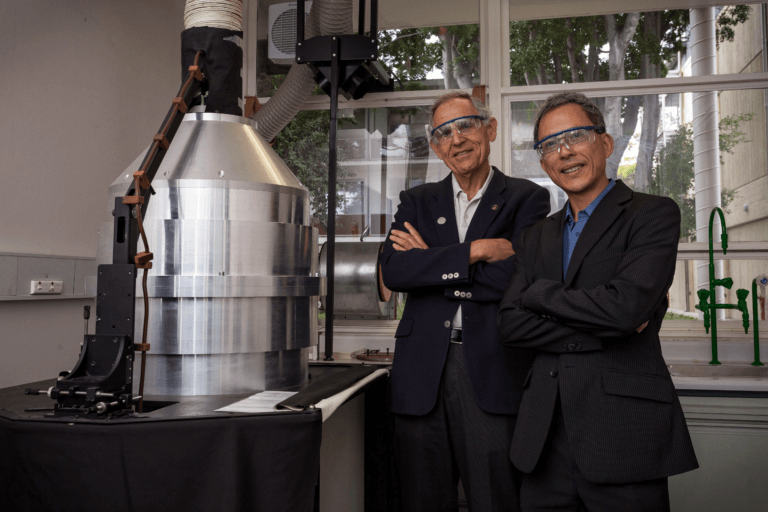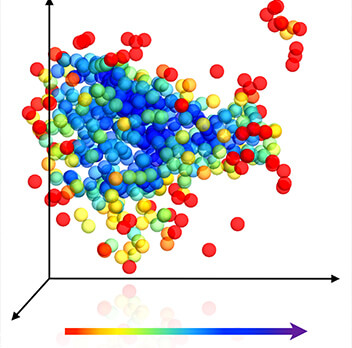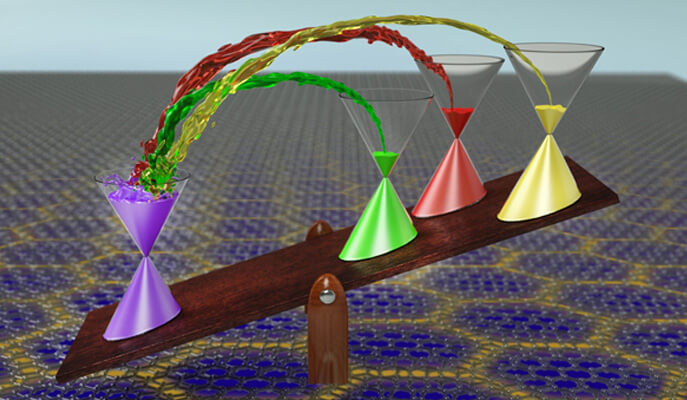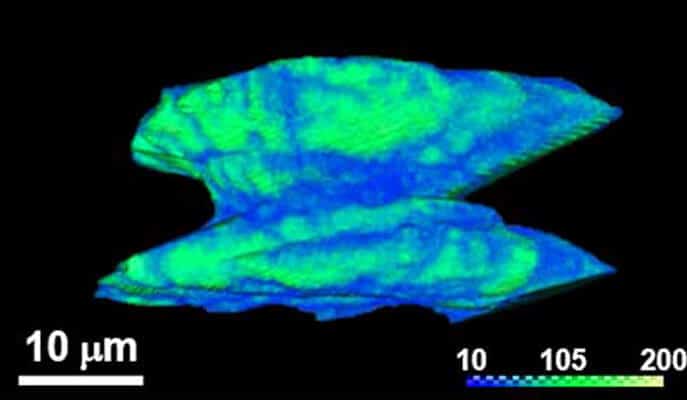Hayadan > Computing and technology > nano-tech > Page 3
nano-tech
- Dr. Moshe Nahamani
- September 16, 2021
- No comments
A magnet with a thickness of one atom in a two-dimensional structure developed by scientists from the University of Berkeley could advance the development of new applications in the fields of computing and electronics
- The science service
- September 11, 2021
- No comments
- The Technion
- August 26, 2021
- One response
A flexible sensing system developed at the Technion will help speed up motor rehabilitation, identify diseases at an early stage and improve robot performance
- The Hebrew University
- August 24, 2021
The research work was published in the prestigious scientific journal Nature Photonics, which was led by a group of researchers from the Department of Applied Physics and the Center for Nanoscience and Nanotechnology at the Hebrew University. "A breakthrough, it's a dream!", the researchers excitedly announced following the findings
- The science service
- August 18, 2021
- One response
The funding will amount to approximately NIS 18 million for the first year and will be carried out in collaboration with Chai Laboratories and the Herzliya Interdisciplinary Center, the total budget is expected to reach NIS 40 million if the program is carried out in accordance with the defined goals
- Avi Blizovsky
- July 23, 2021
- No comments
An experiment conducted in the physics department at Bar-Ilan, in the research group of Prof. Bina Kalisky, using a unique sensor developed by the researchers, documented a phenomenon that breaks conventions in the field of the transition of a material from a conductor to an insulator. The observation of the sensitive instrument showed that if you look very closely, you discover that a law that is considered universal ceases to exist
- Tel Aviv University
- July 15, 2021
Researchers at Tel Aviv University have developed an innovative material that produces green energy through the application of mechanical force
- Bar-Ilan University
- July 5, 2021
- One response
- Avi Blizovsky
- July 5, 2021
- One response
A new and unique museum of its kind in Israel will be launched at Bar-Ilan University: the Nano Museum * will open with the exhibition: "New Languages"
- Tel Aviv University
- June 28, 2021
- One response
The research deals with a two-dimensional material, a single atom thick layer of boron and nitrogen atoms arranged in a cyclic hexagonal structure. During the experiment the researchers were able to break the symmetry of this crystal by artificially assembling two such layers
- Avi Blizovsky
- June 28, 2021
- One response
"The technology we developed is based on monitoring volatile particles emitted from the human body," explains Prof. Hussam Haik. "Today it is clear to us that such particles indicate different physiological states, and the question is which particles to focus on and how to monitor them."
- Avi Blizovsky
- May 27, 2021
- 3 תגובות
- The Hebrew University
- February 19, 2021
- No comments
This research, recently carried out by Prof. Jay Feinberg and Neri Berman from the Rekh Institute of Physics, was published in the prestigious journal Physical Review Letters. The study revealed, for the first time, the behavior in the immediate vicinity of the crack tip. In fact, this is the first time in the world that this tiny region, where material breaking occurs, has been observed in a laboratory experiment
- Noam Chai
- January 24, 2021
- 5 תגובות
In a study recently published in the prestigious journal for physicists, researchers from Europe reveal how the cough cloud spreads in a closed space under realistic conditions and the findings are surprising
- Avi Blizovsky
- January 13, 2021
- No comments
The research group of Amit Meller from the Technion won a special grant from the European Union designed to accelerate an innovative technology for drilling nanometer nozzles in a material using a laser beam. The final device will be used for the analysis of a single molecule for the rapid diagnosis of diseases, including COVID-19
- Bar-Ilan University
- November 3, 2020
- 3 תגובות
Bar-Ilan University researchers are using gold stick nanotechnology for spectrophotometric scattering to identify killer and rescue cells used in the immune system
- Dr. Moshe Nahamani
- October 2, 2020
- 2 תגובות
Transistors based on carbon and not on silicon will be able to accelerate the speed of computing and reduce the energy consumption of devices such as computers, mobile phones and the like
- Avi Blizovsky
- September 24, 2020
- No comments
The Innovation Authority has recently accelerated the issuance of the calling voices intended for academia and the high-tech industry. Here is what they published last month:
- Weizmann Institute
- September 1, 2020
"The electrical properties of the material depend to a large extent on the exact twist angle. In other words, areas with different twist angles should be treated as different materials connected to each other, says Prof. Eli Zeldov
- Weizmann Institute
- August 10, 2020
- 2 תגובות
- Avi Blizovsky
- July 22, 2020
- 5 תגובות
- Ben-Gurion University
- July 2, 2020
- No comments
- Weizmann Institute
- July 1, 2020
- One response
- Weizmann Institute
- June 30, 2020
- No comments
- Weizmann Institute
- June 27, 2020
- No comments

![Illustration of the innovative magnet: red - cobalt; blue – oxygen; Yellow – Zinc [Courtesy of Berkeley Lab]](https://www.hayadan.org.il/images/content3/2021/09/2D-Magnetic-Coupling-1536x9211-1-768x461.jpg)
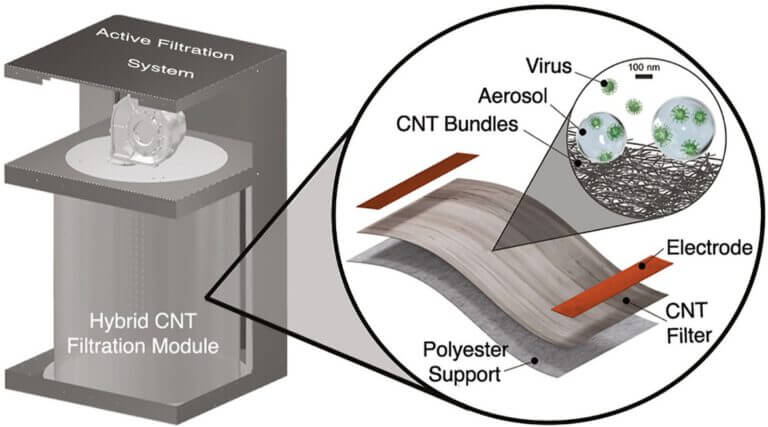
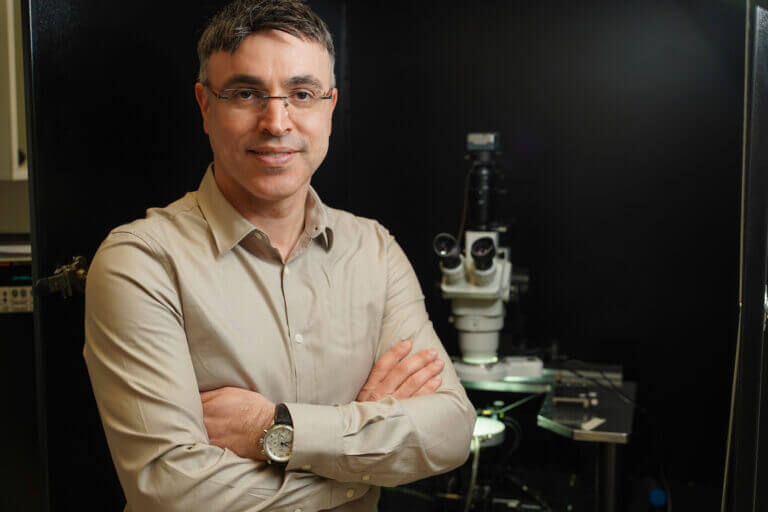
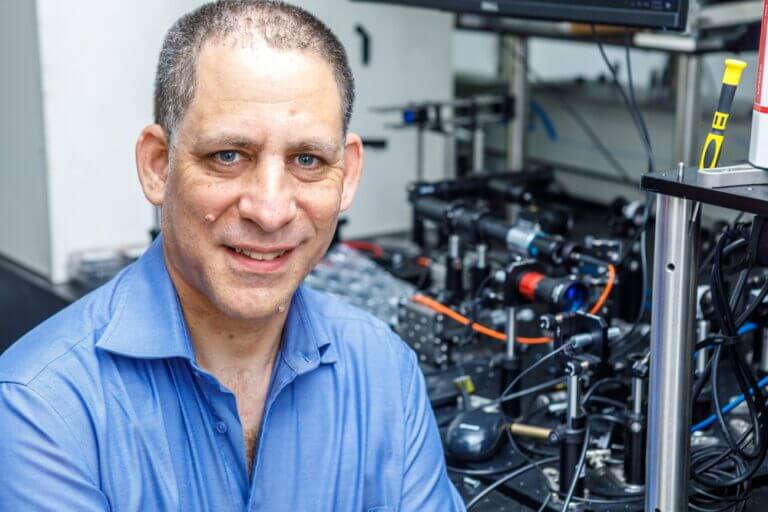


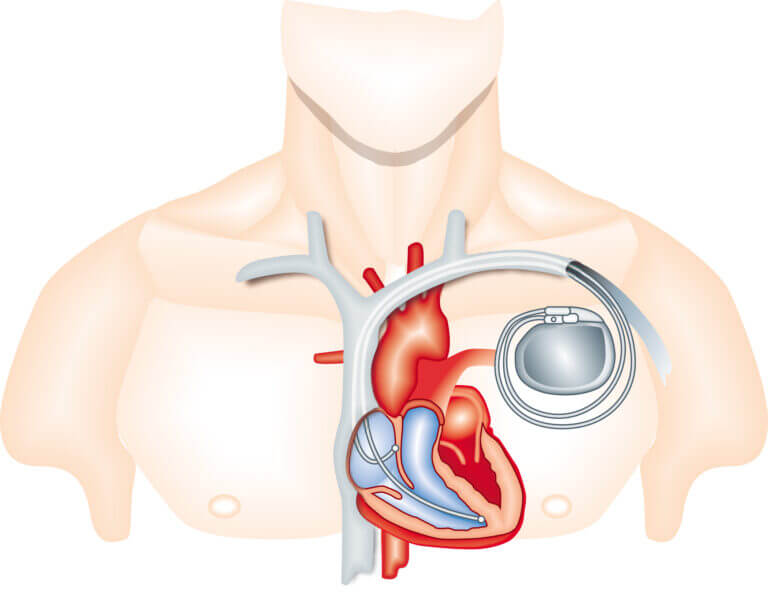



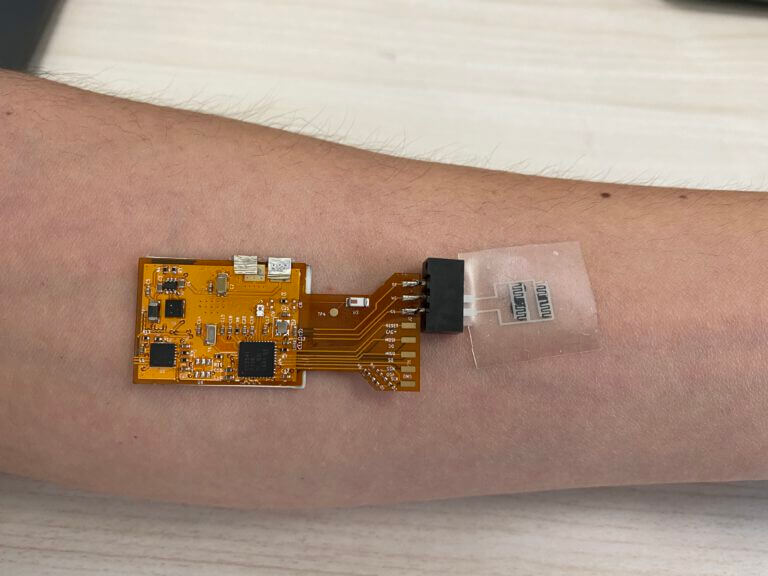




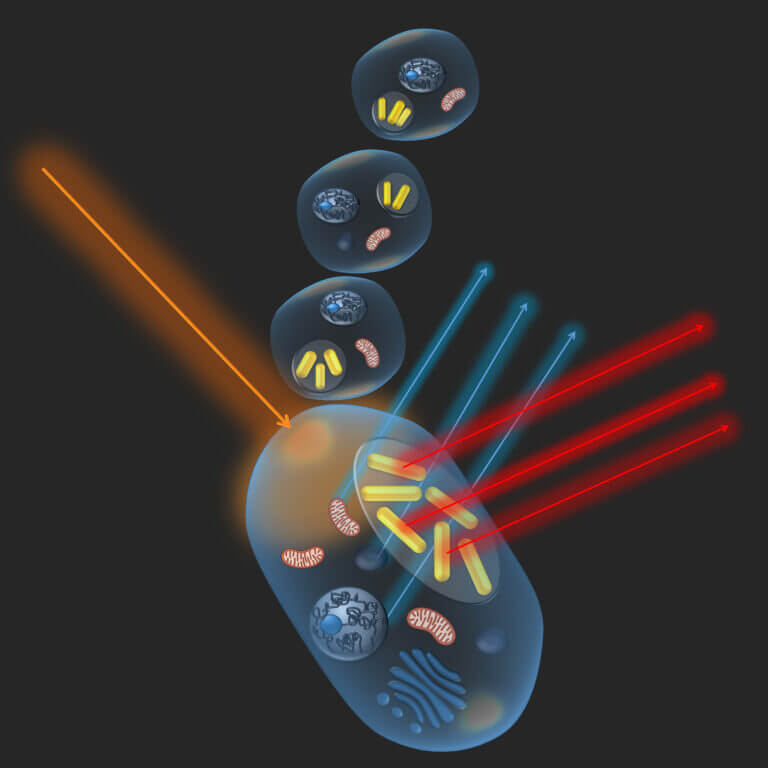
![A scanning tunneling microscope image of a narrowband metallic graphene nanoribbon. The white spots refer to the orbitals occupied by a single electron that are carefully organized to produce long-range conductive states. The width of this strip is only 1.6 nanometers. [Courtesy: Daniel Rizzo of UC Berkeley]](https://www.hayadan.org.il/images/content3/2020/09/Atomic-Structure-of-Narrow-Band-Metallic-Graphene-Nanoribbon-777x3891-1-768x384.jpg)
